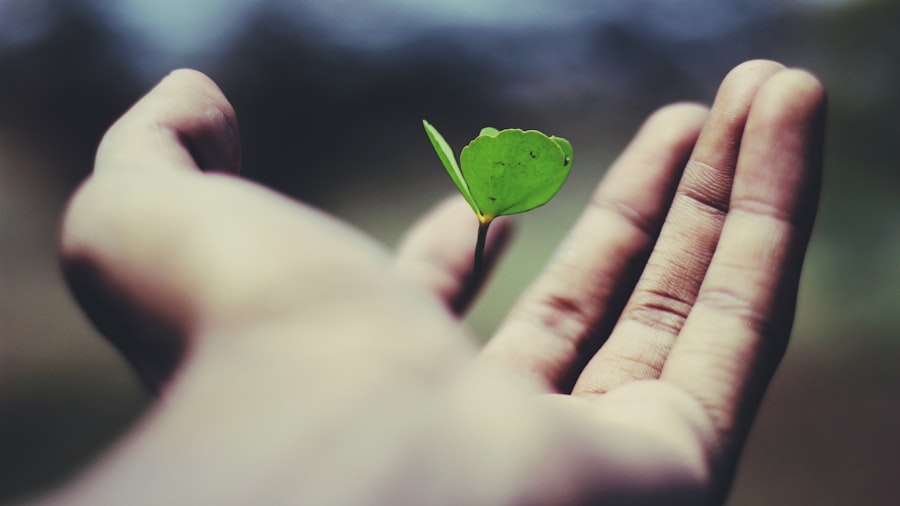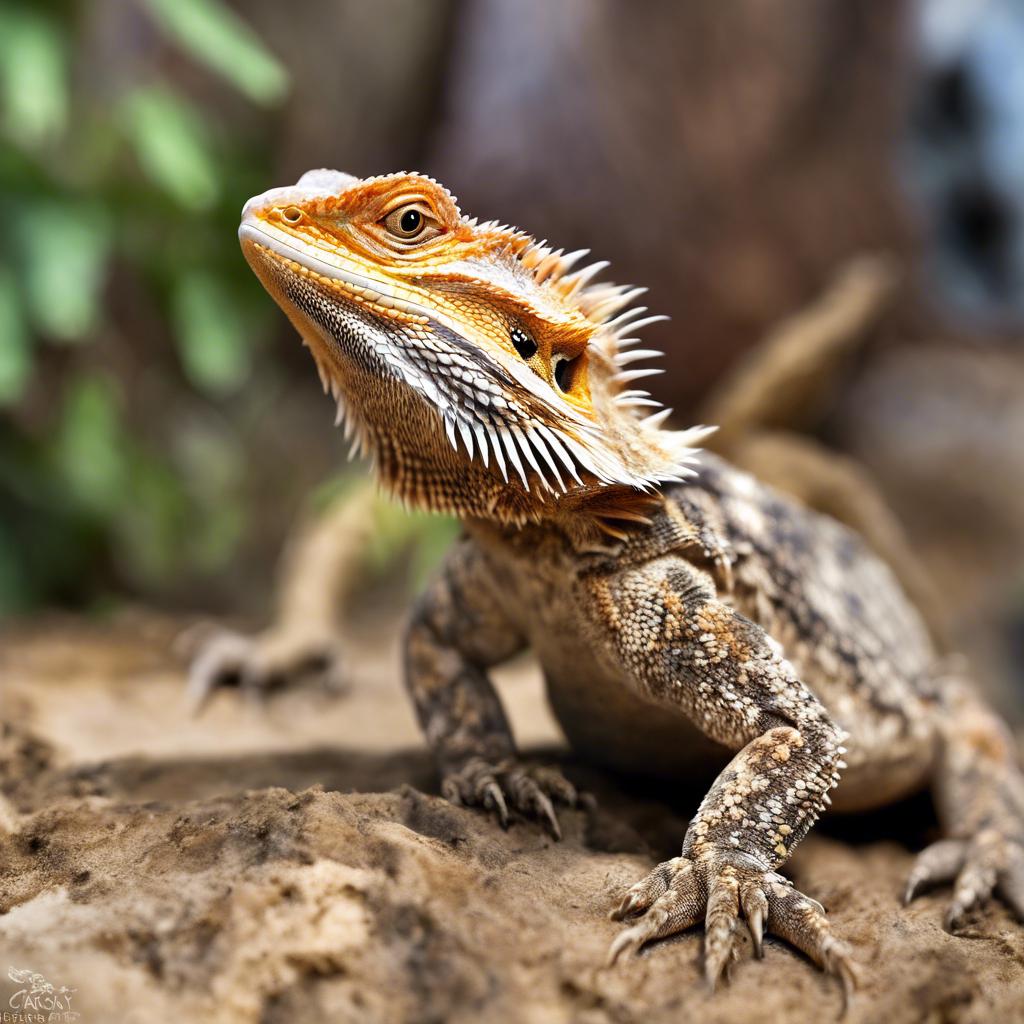Bearded dragons are popular pets known for their unique appearance and docile nature. However, owning a bearded dragon comes with the responsibility of providing proper care to ensure their health and well-being. One crucial aspect of bearded dragon care is providing them with an appropriate tank size. In this article, we will explore the importance of proper tank size and care for the overall health and happiness of bearded dragons.
Key Takeaways
- Bearded dragons require a specific tank size based on their size and growth rate.
- Factors such as diet, lighting, and temperature can affect a bearded dragon's growth.
- Signs of a bearded dragon outgrowing its tank include lack of appetite and aggression.
- Proper tank requirements include a basking spot, UVB lighting, and a substrate for digging.
- A balanced diet of insects and vegetables, along with proper hydration, is crucial for a healthy bearded dragon.
Bearded Dragon Size and Tank Size
Adult bearded dragons can reach an average size of 18 to 24 inches in length, including their tail. It is essential to provide them with a tank that is spacious enough to accommodate their size and allow them to move around freely. The recommended tank size for an adult bearded dragon is at least 40 gallons, although larger tanks are always better.
Providing enough space for your bearded dragon is crucial for their physical and mental well-being. They are active reptiles that require ample room to exercise and explore their environment. A cramped tank can lead to stress, which can negatively impact their overall health.
Factors Affecting Bearded Dragon Growth
Several factors can affect the growth rate of bearded dragons. Genetics play a significant role in determining how large a bearded dragon will grow. Some individuals may naturally grow larger than others due to their genetic makeup.
Diet is another crucial factor that affects the growth of bearded dragons. A balanced diet consisting of appropriate insects, such as crickets and mealworms, as well as a variety of vegetables, is essential for their growth and development. Providing a diet that meets their nutritional needs will help them grow at a healthy rate.
The environment in which a bearded dragon is kept also plays a role in their growth. A suitable temperature gradient, proper lighting, and adequate humidity levels are necessary for optimal growth. If these environmental factors are not met, it can hinder their growth and overall health.
Signs of a Bearded Dragon Growing Too Big for its Tank
It is crucial to monitor your bearded dragon's growth and ensure that they do not outgrow their tank. Some signs that indicate a bearded dragon has outgrown its tank include difficulty moving around, lack of appetite, and stress. If you notice that your bearded dragon is struggling to move or seems cramped in their tank, it may be time to consider upgrading to a larger enclosure.
A lack of appetite can also be a sign that your bearded dragon is feeling stressed or uncomfortable in their current tank. Bearded dragons need space to explore and exercise, and if they are confined to a small tank, it can lead to stress and a loss of appetite.
Stress can have severe consequences for the overall health of your bearded dragon. It can weaken their immune system and make them more susceptible to illness. If you notice signs of stress, such as hiding or aggressive behavior, it is essential to address the issue promptly by providing a larger tank.
Tank Requirements for Bearded Dragons
When it comes to tank requirements for bearded dragons, there are several factors to consider. The size of the tank is crucial, as mentioned earlier, with a minimum recommendation of 40 gallons for an adult bearded dragon. However, larger tanks are always better, as they provide more space for your pet to move around and explore.
The substrate used in the tank is another important consideration. Avoid using loose substrates like sand or gravel, as they can pose a risk of impaction if ingested by your bearded dragon. Opt for reptile carpet or paper towels as a safe substrate option.
Decorations in the tank are not only aesthetically pleasing but also provide enrichment for your bearded dragon. Provide branches and rocks for climbing, as well as hiding places such as caves or logs. These decorations mimic their natural habitat and provide mental stimulation for your pet.
It is also crucial to provide a basking spot in the tank. Bearded dragons require a temperature gradient in their enclosure, with a basking spot that reaches temperatures of around 95 to 105 degrees Fahrenheit. This allows them to regulate their body temperature and aids in digestion.
Proper Lighting and Heating for Bearded Dragons

Proper lighting and heating are essential for the health and well-being of bearded dragons. They require both UVA and UVB lighting to meet their physiological needs. UVB lighting is necessary for the synthesis of vitamin D3, which is crucial for calcium absorption and preventing metabolic bone disease.
When it comes to heating, bearded dragons require a basking spot that reaches temperatures of around 95 to 105 degrees Fahrenheit. This can be achieved using a heat lamp or ceramic heat emitter. It is important to monitor the temperature regularly to ensure it remains within the appropriate range.
Improper lighting and heating can have severe consequences for bearded dragons. Without adequate UVB lighting, they can develop metabolic bone disease, which can lead to weak bones and deformities. Inadequate heating can also impact their digestion and overall health.
Bearded Dragon Diet and Nutrition
A proper diet is crucial for the health and growth of bearded dragons. They are omnivorous reptiles that require a balanced diet consisting of both insects and vegetables. The primary source of protein for bearded dragons should come from insects such as crickets, mealworms, and dubia roaches.
In addition to insects, bearded dragons should also be offered a variety of vegetables. Leafy greens such as collard greens, mustard greens, and dandelion greens are excellent choices. Other vegetables such as squash, bell peppers, and carrots can also be included in their diet.
Calcium is an essential nutrient for bearded dragons, as it is necessary for bone growth and overall health. Dusting their food with a calcium supplement is recommended to ensure they are getting enough calcium in their diet. Vitamin supplements, such as a multivitamin powder, can also be beneficial.
Common Health Issues for Bearded Dragons
Bearded dragons are generally hardy reptiles, but they can still be prone to certain health issues. Respiratory infections are a common problem in bearded dragons, often caused by inadequate temperatures or poor husbandry practices. Symptoms of a respiratory infection include wheezing, coughing, and nasal discharge.
Parasites are another common health issue that bearded dragons may face. Internal parasites such as pinworms or coccidia can cause digestive issues and weight loss. External parasites like mites can also be problematic and cause discomfort for your pet.
Regular vet check-ups are essential for the early detection and treatment of any health issues that your bearded dragon may have. A veterinarian experienced in reptile care can perform a thorough examination and provide appropriate treatment if necessary.
Preventative Measures for Bearded Dragon Health
Preventative measures can be taken to ensure the health and well-being of your bearded dragon. Proper hygiene is crucial, including regular cleaning of the tank and removing any waste or uneaten food promptly. This helps prevent the growth of bacteria and reduces the risk of infection.
Quarantine procedures should also be followed when introducing a new bearded dragon to your existing collection. This helps prevent the spread of any potential diseases or parasites to your other pets.
Providing a stress-free environment is also important for the overall health of your bearded dragon. Avoid handling them excessively or placing them in high-stress situations. Be mindful of their behavior and make adjustments to their environment if necessary to reduce stress levels.
Proper Care for Healthy Bearded Dragons
Proper care is essential for the health and happiness of bearded dragons. Providing an appropriate tank size, along with proper lighting, heating, and a balanced diet, is crucial for their growth and overall well-being. Regular vet check-ups and preventative measures can help ensure that your bearded dragon remains healthy and free from common health issues. By providing the necessary care, you can enjoy many years of companionship with your bearded dragon.
If you're curious about whether bearded dragons grow to the size of their tank, you'll definitely want to check out this informative article from Reptile Wizard. They delve into the common misconception surrounding this topic and provide valuable insights on how tank size can impact the growth and overall well-being of these fascinating reptiles. To learn more, click here: https://reptilewizard.com/reptile-keeping/bearded-dragon-orange-around-eyes/. While you're at it, don't forget to explore their other articles on reptile care and browse through their website to discover a wealth of knowledge about these amazing creatures. For more information about Reptile Wizard and their mission, visit https://reptilewizard.com/about-us/. Please note that all information provided is subject to their disclaimer, which can be found at https://reptilewizard.com/disclaimer/.
FAQs
What is a bearded dragon?
A bearded dragon is a type of lizard that is native to Australia. They are popular pets due to their docile nature and ease of care.
Do bearded dragons grow to the size of their tank?
No, bearded dragons do not grow to the size of their tank. Their growth is determined by genetics, diet, and overall health.
What size tank should I get for my bearded dragon?
Bearded dragons require a minimum tank size of 40 gallons for one adult. However, larger tanks are recommended to provide more space for exercise and enrichment.
What factors affect the growth of a bearded dragon?
The growth of a bearded dragon is affected by genetics, diet, and overall health. A balanced diet and proper husbandry practices can help ensure healthy growth.
Can a bearded dragon be stunted by a small tank?
A small tank can limit the amount of exercise and activity a bearded dragon gets, which can lead to stunted growth. However, stunted growth can also be caused by poor diet and husbandry practices.
What are some signs that my bearded dragon is not growing properly?
Signs that a bearded dragon is not growing properly include a lack of appetite, lethargy, and a failure to gain weight. If you are concerned about your bearded dragon's growth, consult with a veterinarian.

